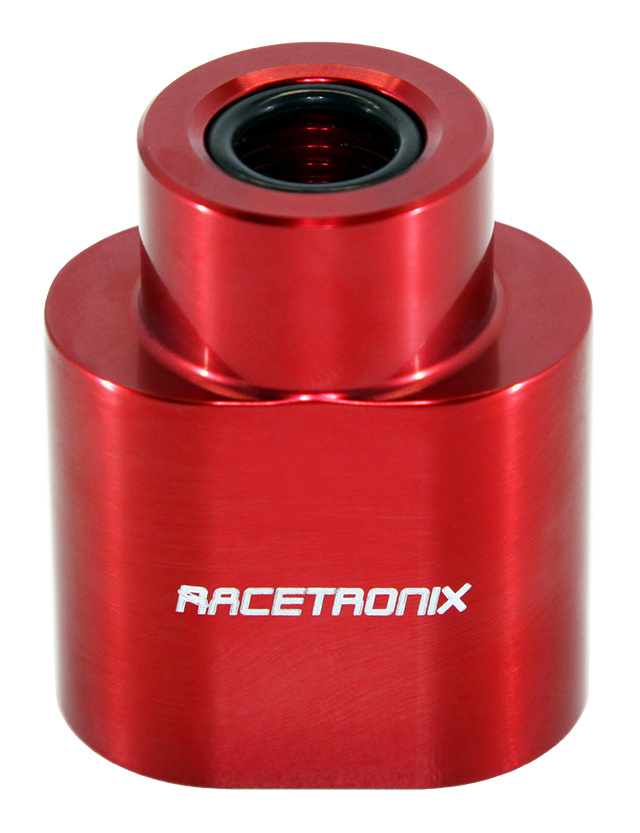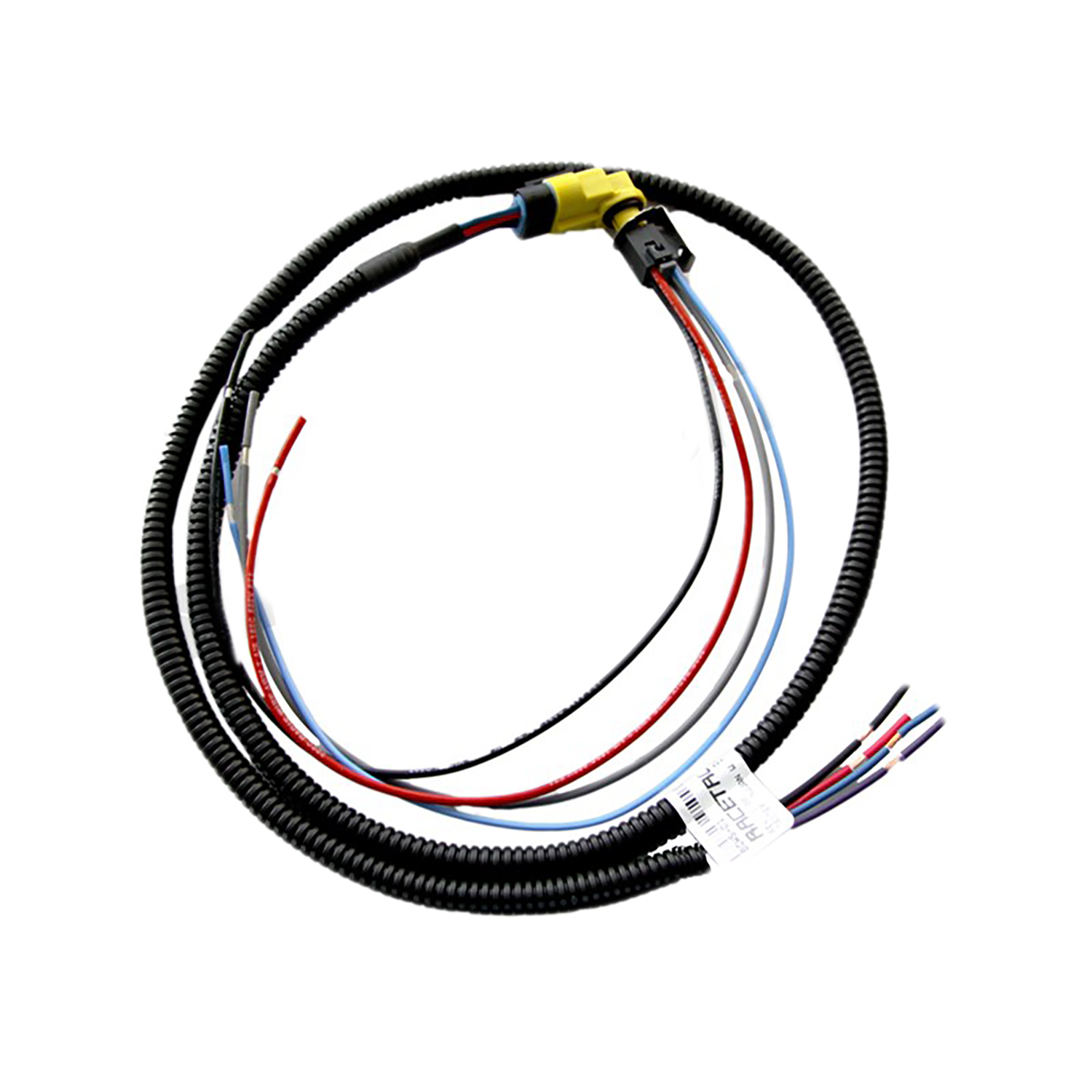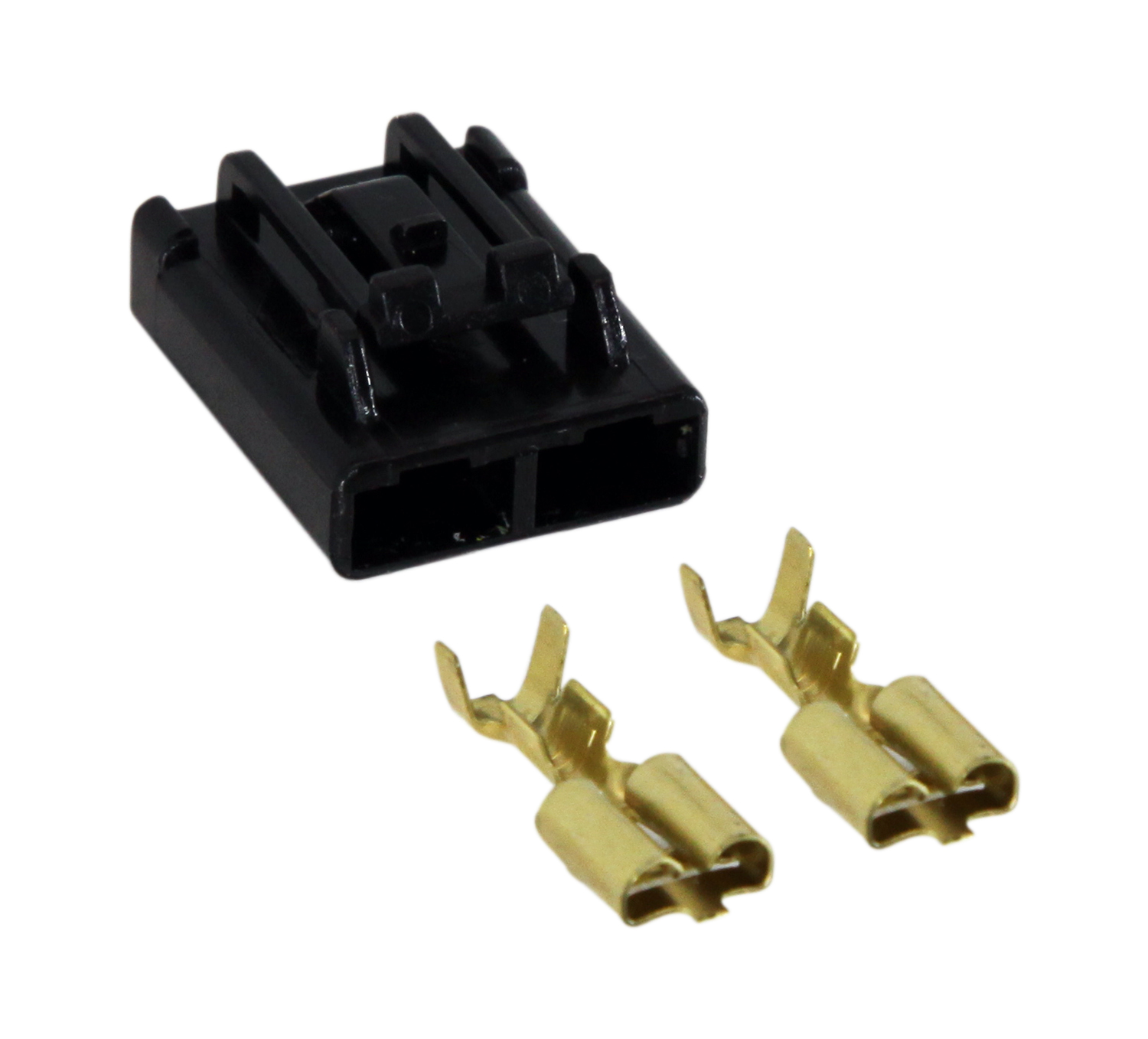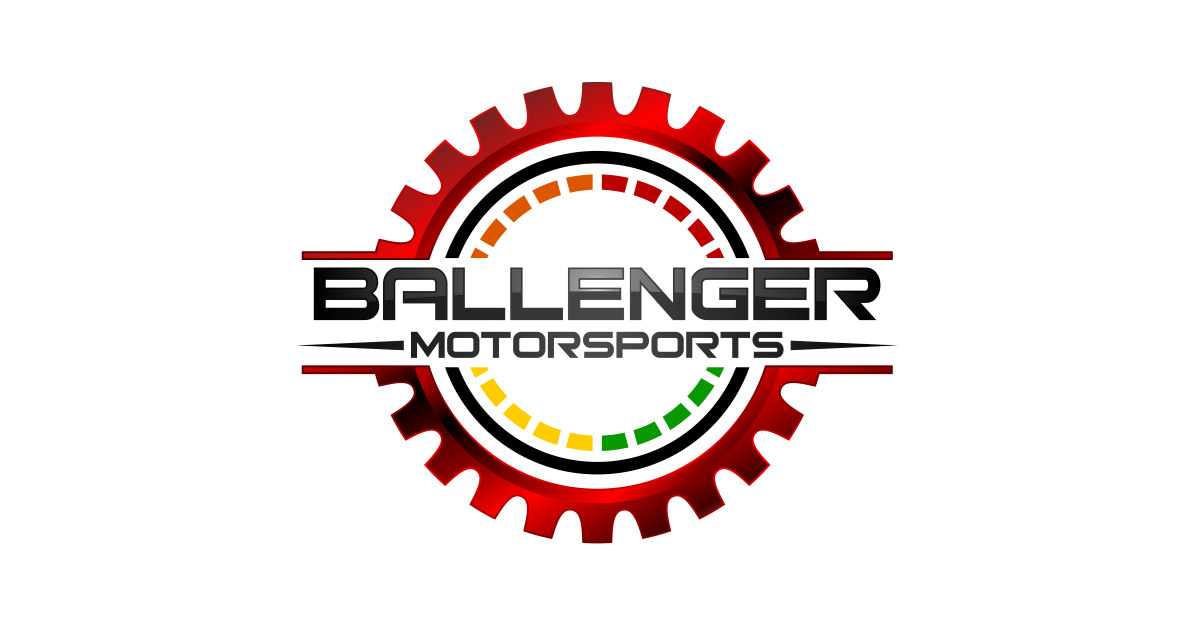as noted earlier in this thread, my current engine has an unacceptable amount of metal in the oil, which means I should be working towards a viable replacement engine.
I had 2 main options for a new engine, option one, start building a 3.9, honestly, to me this is the end goal that I eventually want. The killer downside to the 3.9 is that I will need to build a new hotside, and new engine mounts to actually install it in the car, along with wiring and plumbing changes, not something that can eb done quickly in an afternoon.
option 2, build the LX9 I have in parts in the garage. originally, i thought I was going to run into head gasket problems with that engine because the bore diameter was larger than the off the shelf cometic gaskets, I recently learned cometic can make bigger bore gaskets no fuss. the other issue, was that the windage tray wasn't going to directly fit this engine, because it has aftermarket H beam rods, which means I need to make a proper windage try for it.
the first issue with the windage try is mounting it. Stock has a stud on top of the main cap bolts, I have ARP main studs, so I can't easily put a stud on a stud, and the nuts that came with the studs are 1/2" 12 point, without much room at all for the tray to sit on. I've found some nuts that will fit the studs, and have way bigger heads than the nuts that came with them (11/16" 6 point vs 1/2" 12 point) next, I'll need to start actually fabricating the tray.
I was cleaning up my block, and getting it ready for main bearing and the crank to go in, and I noticed a burr on the oil pan rail, while it's probably not worth anything from a power standpoint, I'm trying to do whatever I can to improve oil control for this engine, this single bur led me to deburring all sorts of stuff in the crankcase, and then re cleaning everything...

I ended up deburring the entire oil pan rail, all the main journals, and the main bearing caps, which should help prevent oil from sticking to those portions of the crankcase, and improve oil drainage back to the pain.
Right now, I'm working towards option 2. last week, I assembled the short block, and have been painstakingly going over camshafts trying to get the best cam I can for it.
I assembled the short block, minus the cam, which I obviously don't have. I really don't want to end up in the situation I did a few years ago, and have to cut valve reliefs in the pistons again, so picking the cam needs to be done very carefully, and a ton of measurements taken. tonight, I determined my method for checking piston to valve clearance without the cam, or even a head on the engine, this took a ton of figuring, so I'd like to run it by everyone and make sure my head is on right.
The comp master lobe catalog lists duration at 3 points, in crankshaft degrees.
.006" (advertised duration) .050" and .200" these figures are all based on lift of the tappet. I drew two circles in CAD, and then added lines for each duration event, the durations were divided by two to get camshaft degrees. then I extended the lines by their respective tappet lifts and came up with a drawing that looked like this:

after that, I added two additional lines, one for TDC, and one for 10 degrees BTDC for each lobe. I assumed the points between each duration step were linear, which may not be true, but looking at the drawings, the points are fairly close together and look quite a bit like I would expect a cam lobe to look like. I think this is an adequate assumption for what I'm doing here. thoughts?

at the intersections of the TDC and 10 BTDC lines, I placed points, and measured the distance between them, in the case of this lobe, the points were
.045" and .105" of tappet lift .072" and .168" of theoretical valve lift
and for the other lobe
.073" and .147" of tappet lift .117" and .236" of theoretical valve lift
the next step, which I'll probably do tomorrow, will be to install a degree wheel on the engine, and measure how far the pistons are in the hole at each point, and, how deep each valve is recessed into the head. if the combined depth is less than the above measurements, with a safety factor, then I'll go ahead and order a cam with these lobes ground and send it. alternatively, if the exhaust valves end up too close, I can also advance the cam some if need be to gain more clearance as my timing set has more than one keyway cut into it. I could also get a cam with less duration too, but what's the fun in that?
it's also worth mentioning that these are all static tappet lift measurements, and being a hydraulic cam, the lifter may absorb some of that duration and increase clearance. That being said, I have no intention on using that assumption at all in this situation, I would rather assume the valve is open more than it ever actually would be.





























Leave a comment: